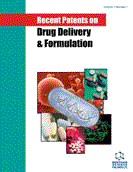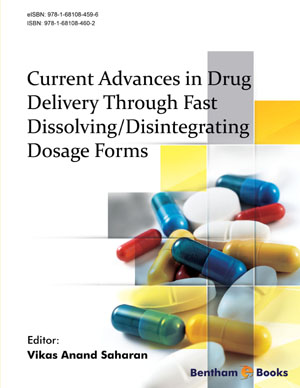Abstract
Cross-links are bonds that link one polymer chain to another. These bonds can either be covalent or ionic in nature. In polymer science, the use of cross-links to promote a difference in a polymer’s physical properties is referred to as cross-linking. When polymer chains are linked together by cross-links, they lose some of their ability to move as individual polymer chains. For example, a liquid polymer, which possesses freely flowing chains can be turned into a “solid” or “gel” by cross-linking the chains together. Cross-linking inhibits close packing of the polymer chains, preventing the formation of crystalline regions. The restricted molecular mobility of a cross-linked structure limits the extension of the polymer material under loading. This means that when a polymer is stretched, the cross-links prevent the individual chains from sliding past each other. In the process, the chains may straighten out, but once the stress is removed they return to their original position and the object returns to its original shape. It is a well known fact that polymers with a high enough degree of crosslinking have “memory”. With this “memory”, such cross-linked polymers can be exploited for a number of useful purposes including modifications for improved drug delivery and release. Several reports have indicated that the cross-linking density, molecular weight, electrical charge of polymers and other factors might have a profound effect on the release rate of drugs from polymer-based multiparticulate drug delivery systems. Among these factors, the modification of the cross-linking density is expected to be the most useful for optimizing the release rate of drugs, including peptides, from such systems. Alteration of the cross-linking conditions almost always results in changes in the cross-linking density of biopolymers. Both the prolongation of the cross-linking reaction time and an increase in concentrations of crosslinking agent have been reported to increase the cross-linking density of gelatin and other biopolymers. These reports suggest that polymers with desirable cross-linking density could be obtained by optimizing the conditions of the cross-linking reaction. The cross-linking density of polymers such as alginate and collagen could also be altered by modifying the cross-linking reaction time and the concentration of the cross-linking agent. In fact, previous reports have demonstrated that as the cross-linking density became higher, the amount of insulin released from gelatin microspheres in the initial phase decreased. A burst release of insulin, however, was also reported for gelatin microspheres with a low cross-linking density because of the structural weakness of such microspheres. This chapter will, therefore, focus on how drug delivery and release can be improved and/or controlled by altering the cross-linking density of biopolymers using well known polymers as illustrations. Optimization of this technique would be useful when designing biopolymer-based multiparticulate systems for drug delivery.






















